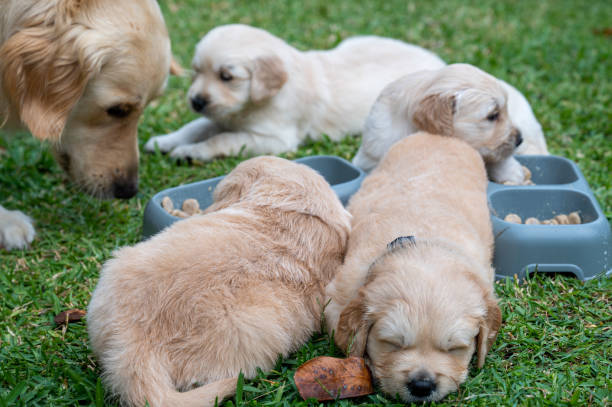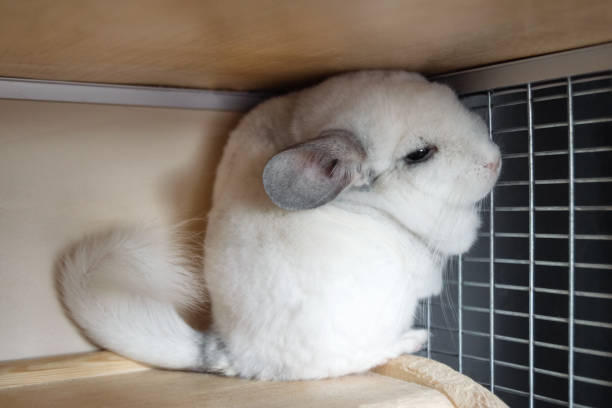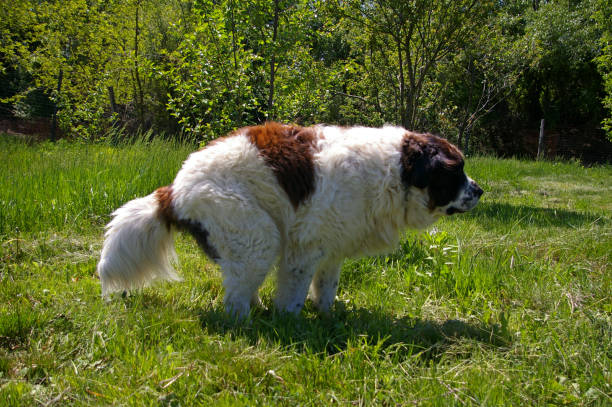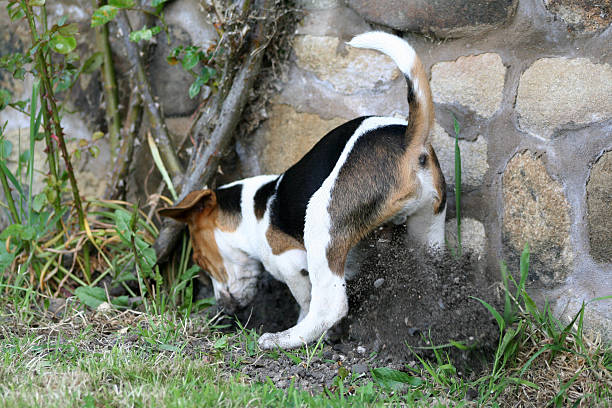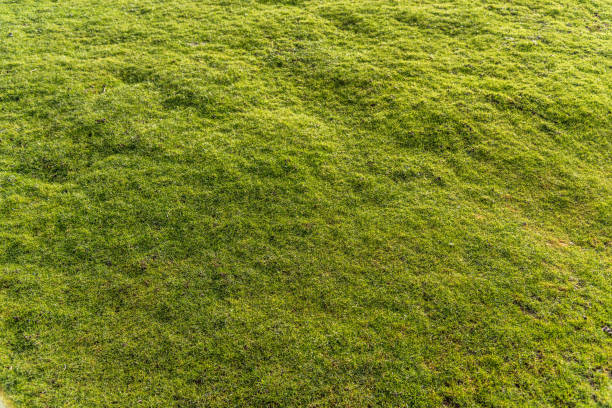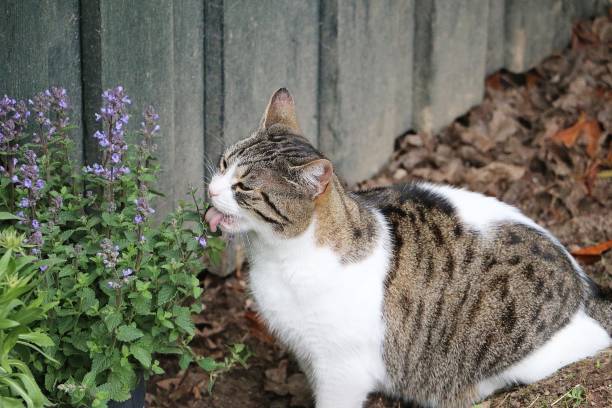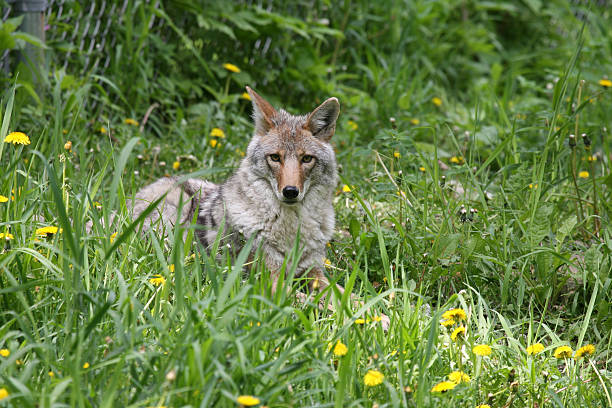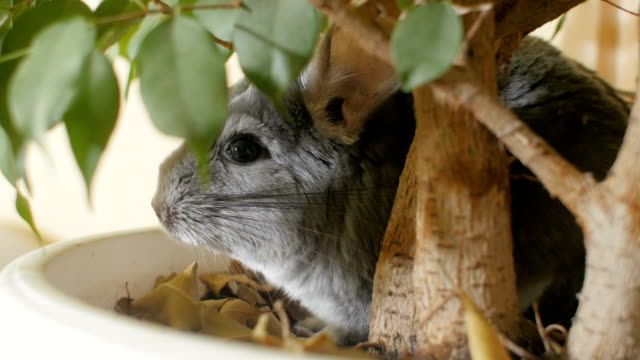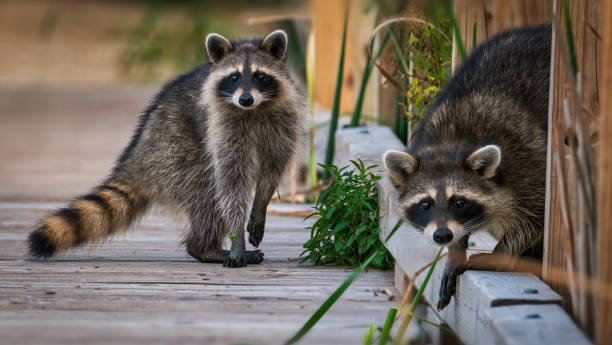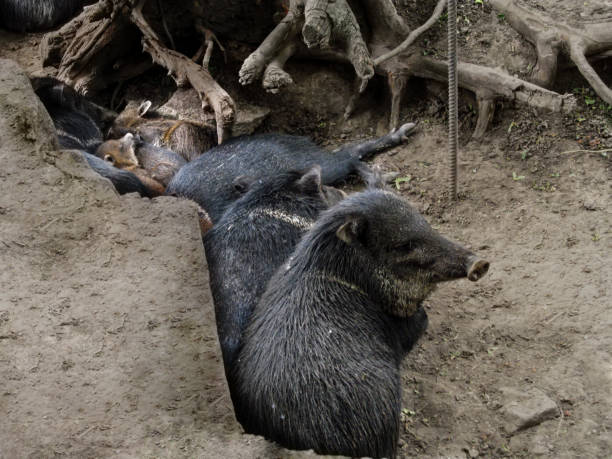How to Grow Grass in a Yard with Dogs
This post contains affiliate links. This means I will make a commission at no extra cost to you should you click through and make a purchase. Read the full disclosure here.Dogs bring joy and companionship to our lives, but their playful nature can sometimes wreak havoc on our yards. If you’re a dog owner, you might have faced the challenge of maintaining a lush, green lawn. However, with the right approach, it is possible to grow grass in a yard with dogs. In this article, we will explore effective strategies and techniques that will help you achieve a beautiful lawn while accommodating your furry friends.
Introduction
Having a well-maintained lawn not only enhances the aesthetic appeal of your home but also provides a safe space for your dogs to play and enjoy themselves. However, dogs, with their digging, running, and occasional bathroom breaks, can present unique challenges when it comes to growing and maintaining grass. By following the steps outlined below, you can create an environment where both your lawn and dogs can coexist harmoniously.
Understanding the Challenges of Growing Grass with Dogs
Before diving into the specific techniques, it’s important to understand the challenges associated with growing grass in a yard with dogs. Dogs have different behaviors that can impact grass growth, such as urine spots, digging, and trampling. By being aware of these challenges, you can tailor your approach accordingly.
Choosing the Right Grass Varieties
Not all grass varieties are created equal when it comes to durability and tolerance to dog activities. Some grasses are more resistant to wear and tear, making them ideal for dog-friendly lawns. Research and select grass varieties that are known for their ability to withstand dog activities and still maintain their beauty.
Preparing the Yard for Grass Growth
Before sowing grass seed, it’s important to prepare the yard properly. This includes clearing the yard of any debris, leveling the ground, and conducting soil tests to determine if any amendments are needed.
Clearing the Yard
Begin by removing any rocks, sticks, or other debris from the yard. These objects can interfere with grass growth and cause uneven patches. It’s essential to create a clean and clear surface for the grass to thrive.
Leveling the Ground
To achieve an even lawn, level the ground using a rake or a leveling tool. This helps to avoid low spots where water might accumulate or high spots that could cause uneven mowing.
Soil Testing and Amendments
Conducting a soil test helps identify the pH level and nutrient content of the soil. Based on the test results, you can make necessary amendments to optimize the soil conditions for grass growth. Adding organic matter, such as compost, can improve soil structure and provide essential nutrients.
Dealing with Dog Urine Spots
Dog urine spots can leave unsightly brown patches on your lawn. To minimize the damage, encourage your dogs to drink plenty of water and dilute their urine. Additionally, you can train your dogs to use a specific area of the yard designated for bathroom breaks.
Creating Designated Dog Areas
Designating specific areas for your dogs can help concentrate their activities and protect the rest of the lawn. Consider fencing off certain areas or installing dog-proof paths to guide their movements.
Fencing off Areas
Installing fences or barriers can restrict dogs to certain parts of the yard, reducing the risk of damage to the grass. This is particularly useful if you have delicate areas, such as newly seeded patches, that need protection.
Installing Dog-Proof Paths
Creating paths using dog-friendly materials, such as gravel or mulch, can help minimize wear and tear caused by constant foot traffic. Paths can be strategically placed to guide your dogs to specific areas, reducing the impact on the grass.
Grass Seed Selection and Sowing
Choosing the right grass seed and employing proper seeding techniques are crucial for a successful lawn in a dog-friendly environment.
Choosing Dog-Friendly Grass Seed
Opt for grass seed varieties that are known to be hardy, resilient, and tolerant to dog activities. Kentucky bluegrass, perennial ryegrass, and tall fescue are some examples of grasses that can withstand the wear and tear caused by dogs.
Over-seeding the Yard
To fill in thin or bare spots in your lawn, consider over-seeding the yard. This process involves spreading grass seed over the existing grass to encourage new growth and enhance the overall density of the lawn.
Proper Watering Techniques
Proper watering is essential for grass growth and overall health. Develop a watering routine that ensures your lawn receives sufficient moisture without overwatering.
Consistent and Deep Watering
Water your lawn deeply and infrequently to encourage deep root growth. This helps the grass become more resilient and better able to withstand dog activities. Avoid frequent shallow watering, as it promotes shallow root growth and makes the grass more susceptible to damage.
Irrigation Systems and Timers
Consider installing an irrigation system with timers to automate the watering process. This ensures that your lawn receives consistent watering, even when you’re away or busy with other tasks.
Regular Maintenance and Care
Maintaining your lawn with regular care is essential for its long-term health and vitality. Implement the following practices to keep your grass looking its best.
Mowing and Trimming
Regular mowing at the appropriate height helps promote healthy grass growth and discourages weed development. Additionally, trimming the edges of the lawn creates a clean and manicured look.
Aerating the Lawn
Aerating the lawn involves creating small holes in the soil to improve air circulation and reduce soil compaction. This allows the grass roots to access oxygen, water, and nutrients more effectively, resulting in a healthier lawn.
Fertilizing the Grass
Applying fertilizer at the right time and in the proper amounts provides essential nutrients that contribute to grass growth and strength. Choose fertilizers specifically formulated for dog-friendly lawns and follow the recommended application guidelines.
Controlling Weeds and Pests
Weeds and pests can hinder grass growth and negatively impact the appearance of your lawn. Implement weed control measures and consider using pet-safe pest control products to keep your lawn free from unwanted invaders.
Alternative Ground Cover Options
If growing grass becomes a persistent challenge, you can explore alternative ground cover options. Ground covers such as clover, creeping thyme, or artificial turf can provide a low-maintenance and dog-friendly solution.
Conclusion
Growing grass in a yard with dogs requires a strategic approach that considers the unique challenges posed by canine activities. By selecting the right grass varieties, preparing the yard properly, and implementing appropriate maintenance practices, you can achieve a beautiful lawn that coexists harmoniously with your furry companions. Remember, patience and consistent care are key to long-term success.
Frequently Asked Questions (FAQs)
Can I use artificial turf instead of natural grass?
Yes, artificial turf can be a suitable alternative to natural grass in a yard with dogs. It provides a low-maintenance solution and is resistant to wear and tear caused by pets.
Is it possible to train dogs to avoid certain areas?
Yes, with consistent training and positive reinforcement, dogs can be trained to avoid specific areas of the yard. Use commands and boundaries to guide their behavior.
Should I consider hiring a professional landscaper for this task?
Hiring a professional landscaper can be beneficial if you lack the time, knowledge, or resources to maintain your lawn. They can provide expert advice and ensure proper care for your grass.
Can I grow grass if I have more than one dog?
Yes, you can grow grass even if you have multiple dogs. However, it might require more diligent maintenance and care to mitigate the additional wear and tear.
What are some dog-safe fertilizers for my yard?
Look for fertilizers that are labeled as safe for pets or specifically designed for dog-friendly lawns. These fertilizers typically use natural ingredients and have reduced chemical content.

